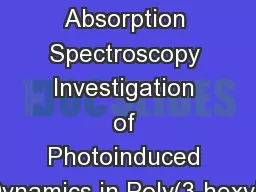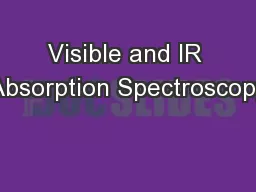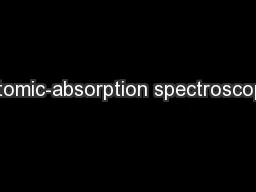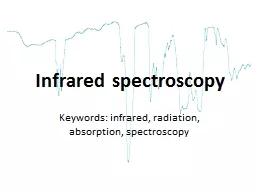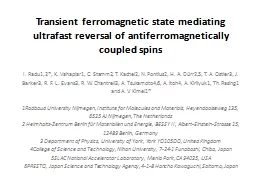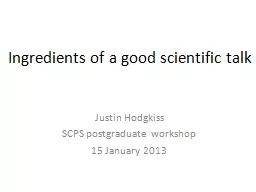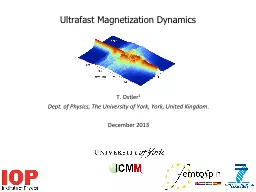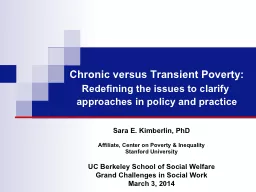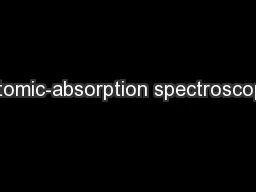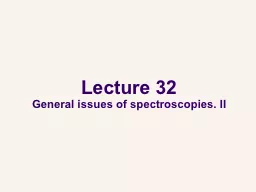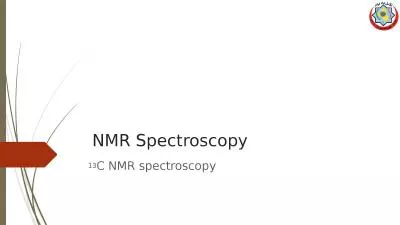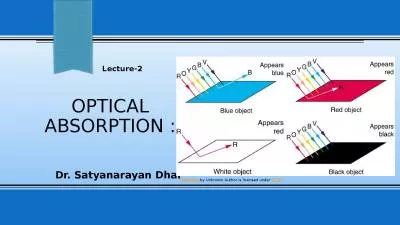PPT-Ultrafast Transient Absorption Spectroscopy Investigation of Photoinduced Dynamics in
Author : danika-pritchard | Published Date : 2018-02-16
OligoANT b P3HT Jacob Strain Hemali Rathnayake Jinjun Liu 20170621 The 72 nd International Symposium on Molecular Spectroscopy Outline Background Introduction
Presentation Embed Code
Download Presentation
Download Presentation The PPT/PDF document "Ultrafast Transient Absorption Spectrosc..." is the property of its rightful owner. Permission is granted to download and print the materials on this website for personal, non-commercial use only, and to display it on your personal computer provided you do not modify the materials and that you retain all copyright notices contained in the materials. By downloading content from our website, you accept the terms of this agreement.
Ultrafast Transient Absorption Spectroscopy Investigation of Photoinduced Dynamics in: Transcript
Download Rules Of Document
"Ultrafast Transient Absorption Spectroscopy Investigation of Photoinduced Dynamics in"The content belongs to its owner. You may download and print it for personal use, without modification, and keep all copyright notices. By downloading, you agree to these terms.
Related Documents

